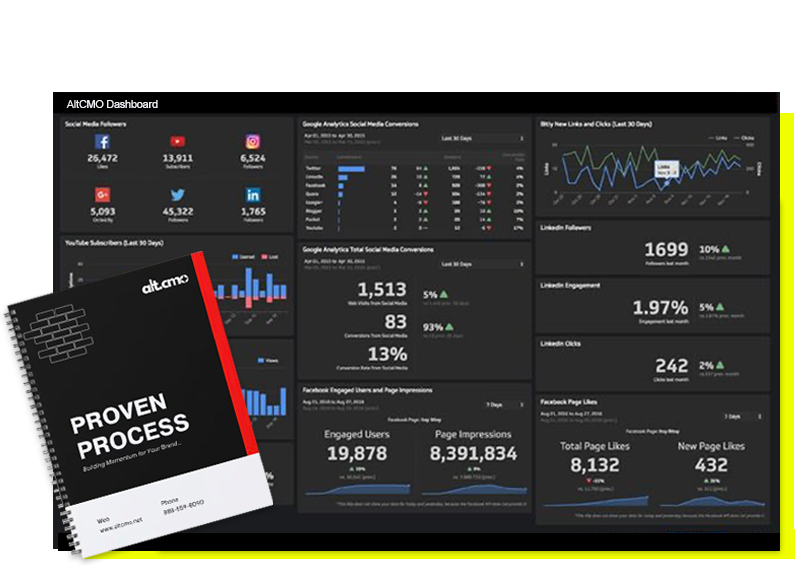StoryBrand Session Plan

Overview
This StoryBrand session plan aims to help you clarify your brand message by using the StoryBrand framework.
The framework will guide the creation of a clear and compelling brand narrative that resonates with your target audience and enhances overall marketing efforts.
The session will be divided into key stages: Preparation, Character Identification, Problem Definition, Guide Introduction, Plan Development, Call to Action, Avoiding Failure, Achieving Success, and Final Review.
Preparation
Client Briefing
- Conduct an initial meeting with you to understand their business, goals, target audience, and current marketing challenges.
- Gather any existing marketing materials, brand guidelines, and previous messaging strategies.
Research and Analysis
- Research your industry, competitors, and target audience to gather insights.
- Analyze existing customer feedback and reviews to understand common pain points and desires.
Framework Introduction
- Introduce the StoryBrand framework, explaining its components and benefits.
- Provide examples of successful StoryBrand implementations to illustrate its effectiveness.
Character Identification
Define the Hero
- Identify the primary character of the story, which is your customer.
- Describe your demographics, psychographics, needs, and desires.
Customer Persona Development
- Create detailed customer personas to represent different segments of the target audience.
- Use these personas to guide the development of the brand story.
Problem Definition
External Problems
- Identify the external problems the customer faces that your product or service can solve.
- Clearly articulate these problems in simple, relatable terms.
Internal Problems
- Define the internal problems or frustrations that arise from the external problems.
- Focus on the emotional impact these issues have on the customer.
Philosophical Problems
- Outline the philosophical problems, or the larger, more abstract issues, that resonate with the customer’s values and beliefs.
- Ensure these problems align with the brand’s mission and values.
Content Quality Audit
External Problems
- Identify the external problems the customer faces that your product or service can solve.
- Clearly articulate these problems in simple, relatable terms.
Internal Problems
- Define the internal problems or frustrations that arise from the external problems.
- Focus on the emotional impact these issues have on the customer.
Philosophical Problems
- Outline the philosophical problems, or the larger, more abstract issues, that resonate with the customer’s values and beliefs.
- Ensure these problems align with the brand’s mission and values.
Guide Introduction
Establish the Guide
- Position your brand as the guide in the story, emphasizing its experience, authority, and empathy.
- Develop a clear and concise statement that introduces the brand as the trusted guide.
Empathy and Authority
- Create messaging that demonstrates empathy for the customer’s problems.
- Highlight the brand’s expertise, credentials, and success stories to build authority.
Plan Development
Simple Plan
- Develop a clear, actionable plan that the customer can follow to solve their problems.
- Break the plan into three to four simple steps that are easy to understand and execute.
Visual Representation
- Create a visual representation of the plan, such as a flowchart or infographic, to enhance comprehension.
- Ensure the visual is consistent with the brand’s style and easy to share across marketing channels.
Call to Action
Direct Call to Action
- Define the direct call to action (CTA) that prompts the customer to take immediate action (e.g., “Buy Now,” “Schedule a Consultation”).
- Ensure the CTA is clear, compelling, and prominently featured in all marketing materials.
Transitional Call to Action
- Develop transitional CTAs that nurture the customer’s relationship with the brand (e.g., “Download a Free Guide,” “Sign Up for Our Newsletter”).
- Use these CTAs to provide value and build trust with potential customers.
Avoiding Failure
Highlight Negative Outcomes
- Clearly outline the negative outcomes the customer will experience if they do not solve their problems.
- Use these negative outcomes to create a sense of urgency and motivate the customer to take action.
Messaging Tone
- Ensure the messaging is balanced and does not rely too heavily on fear-based tactics.
- Emphasize that the brand can help the customer avoid these negative outcomes.
Achieving Success
Define Positive Outcomes
- Clearly articulate the positive outcomes the customer will experience after following the brand’s plan.
- Focus on both tangible benefits (e.g., increased productivity, cost savings) and emotional benefits (e.g., peace of mind, happiness).
Success Stories and Testimonials
- Collect and incorporate success stories and testimonials from satisfied customers.
- Use these stories to illustrate the positive outcomes and build credibility.
Final Review
Comprehensive Review
- Review all components of the StoryBrand session with you to ensure alignment and accuracy.
- Make any necessary adjustments based on your feedback.
Implementation Strategy
- Develop a strategy for implementing the new brand messaging across all marketing channels (e.g., website, social media, email campaigns).
- Provide guidelines and templates to ensure consistent messaging.
Monitoring and Adjustment
- Establish metrics and KPIs to monitor the effectiveness of the new brand messaging.
- Plan regular check-ins with you to review performance and make necessary adjustments.
Deliverables
StoryBrand Framework Document
- A detailed document outlining the StoryBrand framework, including the hero, problems, guide introduction, plan, CTAs, negative outcomes, and positive outcomes.
Customer Personas
- Detailed customer personas to guide the development and implementation of marketing strategies.
Visual Plan Representation
- A visual representation of the plan to be used across marketing channels.
Implementation Guidelines
- Guidelines and templates for implementing the new brand messaging consistently.
